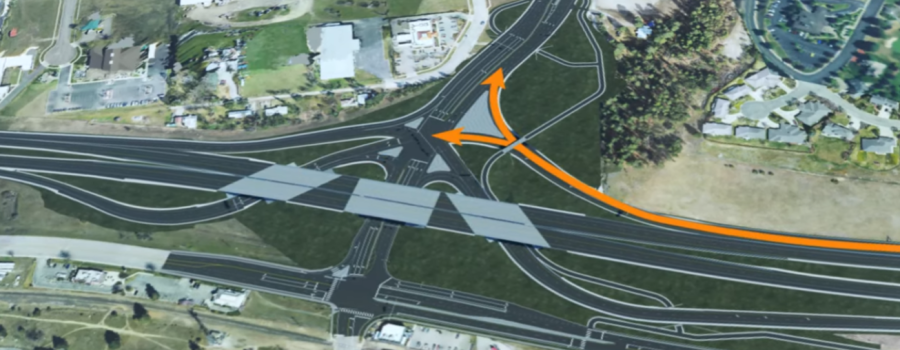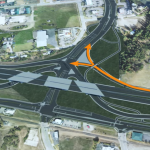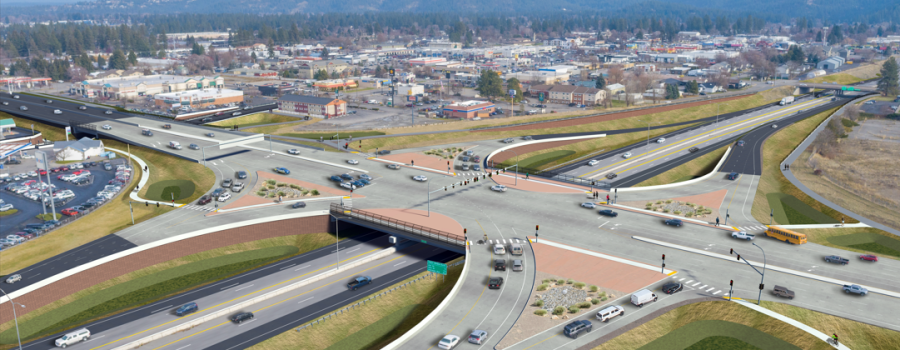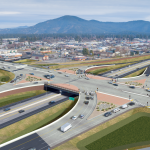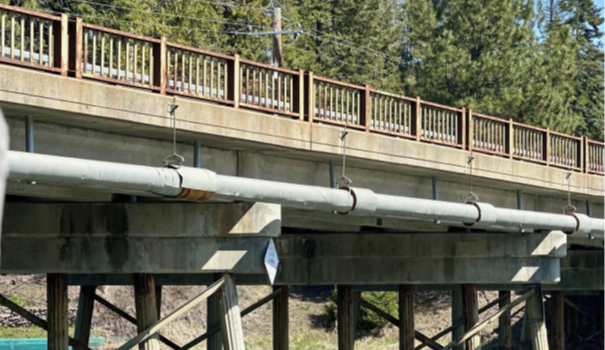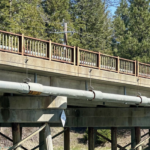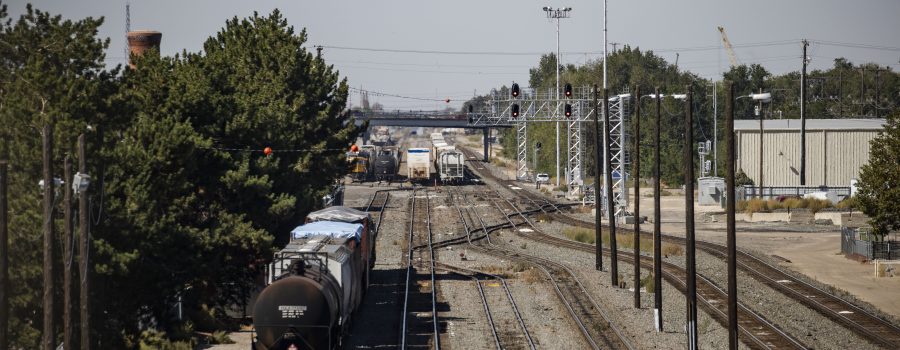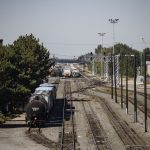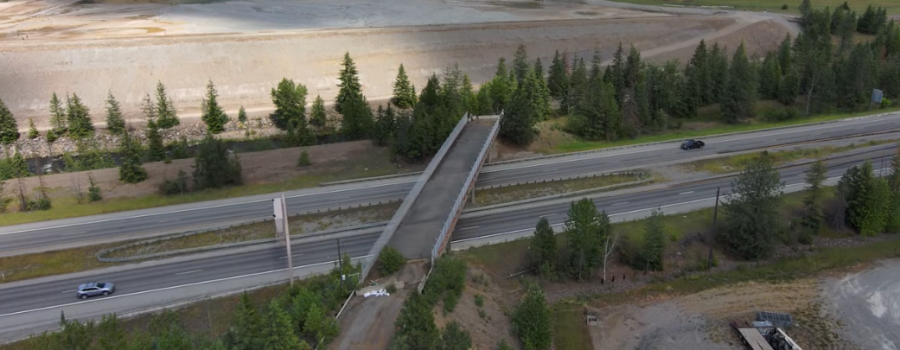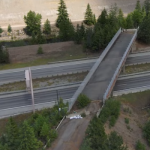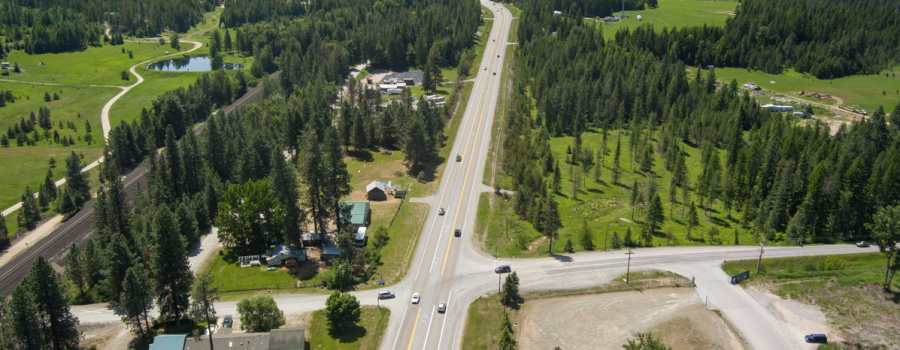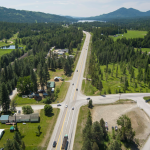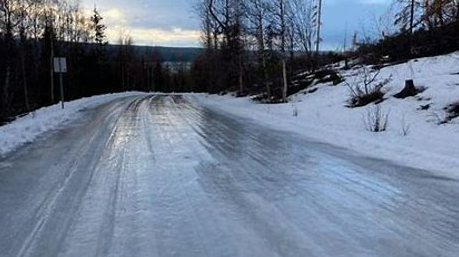A once-abandoned bridge in Osburn is seeing new life, at least for now, thanks to a creative partnership between local residents, conservation groups, and state agencies, including the Idaho Transportation Department.
The structure, a former overpass across Interstate 90, sat unused for decades after nearby mining development closed off the roadway it once served. The surrounding area, however, remained a busy wildlife corridor. For years, elk, deer, and other animals have been struck trying to cross the freeway in that area, which has one of the highest wildlife collision rates on the interstate between Coeur d’Alene and Montana.
That concern led Osburn resident and truck driver Carl Wilson to champion a community effort to turn the unused bridge into a wildlife overpass. Working with partners including the Idaho Department of Fish and Game, the National Fish and Wildlife Foundation, and several local conservation groups, the community secured grant funding to retrofit the structure with fencing to guide animals safely across the interstate via the abandoned bridge.
While ITD’s role in the project was limited, the agency provided crucial support behind the scenes by granting the necessary permits and helping connect the group with funding resources. A few key staff members in District 1, including former Assistant District Engineer Marvin Fenn and Program Manager Robert Beachler, were instrumental in helping guide the effort to fruition.
“This project really showcases how creative thinking and collaboration can make use of existing infrastructure in new ways,” Beachler said. “It was great to see local initiative and partnerships come together to improve safety for both wildlife and drivers.”
The refurbished bridge officially opened for wildlife use this summer and early reports from Fish and Game trail cameras show whitetail deer already using it, and a nearby underpass, to safely traverse the interstate.
The bridge’s future is limited, but ITD is happy to support the community in putting it to good use for now. Since it no longer serves a transportation purpose and remains ITD-owned, the bridge is scheduled for removal in 2032 as it ages.
“Even temporary or short-term solutions can have meaningful benefits,” said District Engineer Damon Allen. “This project reflects the kind of local collaboration and problem-solving we appreciate being a part of.”
